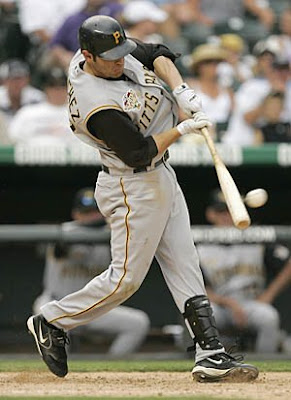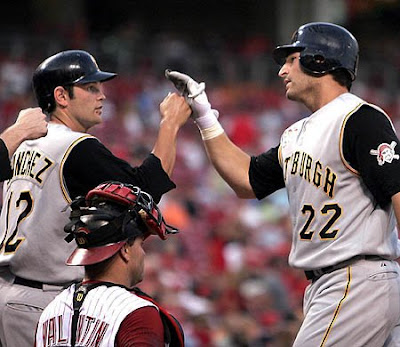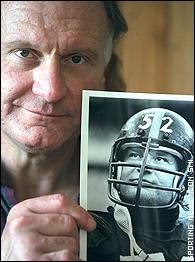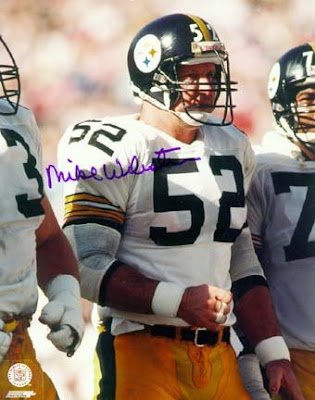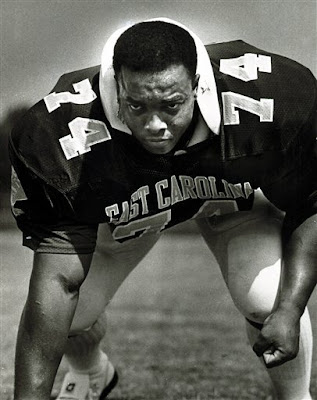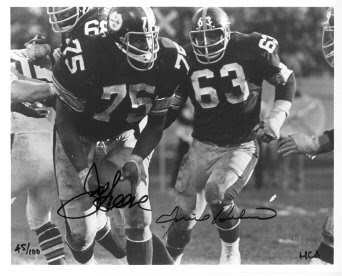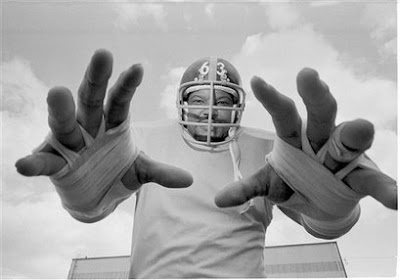The New York Times
Published: January 30, 2008

Rich Schultz/Associated Press
Ryan Malone scores off a rebound against New Jersey's Martin Brodeur.
NEWARK — Like the waiting room at a train station, a visitors’ dressing room is a place to get in and get out. But the Pittsburgh Penguins made themselves at home on Tuesday at Prudential Center, covering the walls with logos and laying a rug on the floor.
A Sidney Crosby sighting would have been more inspirational, but Crosby — the Penguins’ 20-year-old center, captain, leading scorer and N.H.L. centerpiece — will be out for six to eight weeks with a badly sprained right ankle. So the Penguins dug deep, again, and beat the Devils, 4-2.
Crosby’s injury, sustained Jan. 18, was the most serious blow in a series of setbacks for the Penguins, who were already without goaltender Marc-André Fleury. Crosby is the 12th player on the Penguins to miss a game because of injury or illness.
“He’s a leader on the club, he’s the guy pushing everybody every time we step on the ice, and we miss him,” defenseman Sergei Gonchar said of Crosby. “But it’s an opportunity for the rest of the guys to step up and do their thing.”
Or, in some cases, do different things. Brooks Orpik, a defenseman, was moved to left wing for the game against the Devils because the Penguins had seven healthy defensemen and because Coach Michel Therrien did not have many other options.
The Penguins claimed Kris Beech off waivers Saturday, but Beech, a much-traveled forward who played for Pittsburgh for three seasons from 2001 to 2004, was unable to join the team before Tuesday’s game; he was having problems with his work visa, so he could not enter the United States from his native Canada.
“It’s a situation where we are desperate for players, and it’s nothing we can control,” Therrien said glumly.
The Penguins (28-18-4) got two goals from left wing Ryan Malone to pass the Devils (28-19-3) in the standings. Pittsburgh remained 1 point behind Philadelphia (28-16-5), which won Tuesday to hold onto first place in the rugged Atlantic Division. “Everybody’s disappointed, but you remain positive,” Penguins defenseman Ryan Whitney said. “It’s not like we were in 10th place and then we lost him.”
The Penguins, who were also without right wing Colby Armstrong on Tuesday because he had the flu, think they are talented enough to withstand the injury to Crosby. They have registered 5 points in the four games Crosby has missed.
The Penguins admit to being motivated by the fact that everyone else seems to think they cannot win without Crosby, particularly while playing in a competitive division in which a three-game losing streak, Whitney said, could break any team.
There is little margin for error for any team in the division. Despite the victory, the Penguins are only 6 points ahead of the Islanders and the Rangers, the eighth-place and ninth-place teams in the Eastern Conference.
“We’re playing as hard as we can as a team, trying to battle through it,” defenseman Darryl Sydor said. “Everyone’s picked us to fail. Nobody thinks we can make the playoffs. We believe we can.”
Goalie Ty Conklin, who began the season with the Penguins’ Wilkes-Barre/Scranton farm team, won 10 of his first 11 starts after Fleury was injured. Without Crosby, the Penguins realize they have to play tougher and tighter on defense.
The mood, they say, remains upbeat, with an undertone of defiance. Crosby may not return until the last two weeks of the regular season, and the Penguins said they wanted those few weeks to mean something.
“It is a challenge,” Malone said. “But we know we’ve got good players in here to do it. It’s up to us. No one’s going to feel sorry for us. The standings are so tight that every night’s a big night.”

